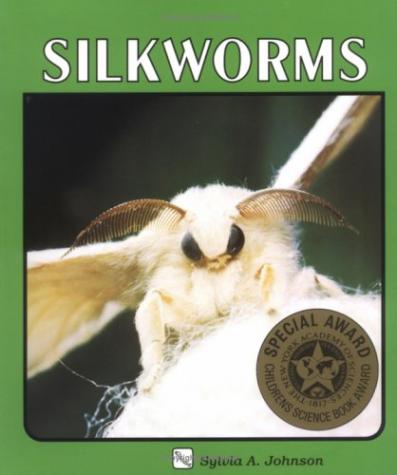Today Jaś had Chinese, English, Polish, math and biology. He also played
for a while on the computer, practiced piano, took the dog for a walk
and went ice-skating. Busy day, right? But it didn't seem like that. It
was just a normal day.
In biology Jaś learned about joints:
In the afternoon we went ice-skating. Zosia's coach showed her today which off-ice exercises are going to help her jump her axel better. In August Zosia will be going for an ISU Competition in Thailand, so she will need to spend more time on the rink.
This week in math Zosia was doing addition and subtraction of negative numbers and learned about absolute numbers.
Today we read a chapter on longitude from "Planet Earth" and about silkworms from "Silkworms".
Zosia has an order for a wholewheat bread for tomorrow. Few years ago she had a baking and selling bread business. Some people still remembered that and asked her to make them a fresh bread for tomorrow. Jas was also helping:
In biology Jaś learned about joints:
In the afternoon we went ice-skating. Zosia's coach showed her today which off-ice exercises are going to help her jump her axel better. In August Zosia will be going for an ISU Competition in Thailand, so she will need to spend more time on the rink.
This week in math Zosia was doing addition and subtraction of negative numbers and learned about absolute numbers.
Today we read a chapter on longitude from "Planet Earth" and about silkworms from "Silkworms".
Zosia has an order for a wholewheat bread for tomorrow. Few years ago she had a baking and selling bread business. Some people still remembered that and asked her to make them a fresh bread for tomorrow. Jas was also helping:






Comments
Post a Comment